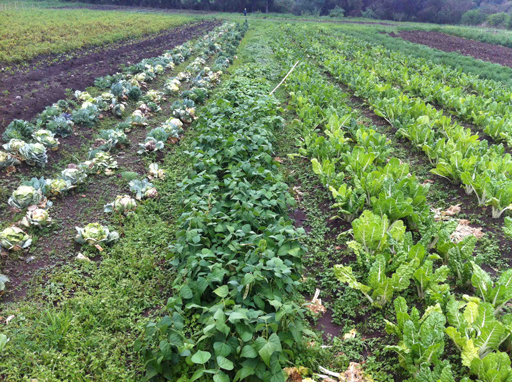7.1 What is pollution?
If you hold up a glass of water in front of you, how can you tell if it’s polluted? You would expect drinking water to be colourless, odourless and transparent (not turbid with suspended particulates). If it was not all of these things, then it could be polluted. If you were looking at water in a river, it is unlikely to be as clear as drinking water in a glass, but you could deduce it was probably not polluted if you observed that the water did not look dirty or smell bad. You might also observe that animals were drinking the water without ill effects and fish were swimming in it. However, if the water was discoloured or had an unpleasant odour, or you could see dead fish floating on the surface you could conclude that pollution was the problem.
Let us consider the human activity that could have caused the pollution. Imagine a river that flows through an area of land on the edges of a town. The water is used by the community for drinking and other domestic uses and also for vegetable farming. Several residents use this water to irrigate small areas of land where they cultivate vegetables and many of the farmers use fertiliser and pesticide to improve productivity (Figure 7.1). Fertilisers are made of chemicals such as nitrogen, potassium and phosphorus, which are essential plant nutrients. Pesticides are chemicals that destroy pests but can be harmful to other forms of life – including humans.

Imagine that one farmer has finished spreading the chemicals on his crop and decides to wash the empty pesticide sack he has been using in the river. Later that day, it rains heavily and rainwater is seen running off the field into the river. What do you think happens? The river is receiving run-off containing fertiliser and pesticide chemicals that had been applied to the crops, which is made worse by the farmer washing his sack that had contained the pesticide. This could harm fish and other organisms living in the water – possibly killing them. The river is also used by the community so the chemicals could get into drinking water that is consumed by humans. The river has been polluted by the careless action of the farmer washing his sack and by the action of rainwater washing the chemicals into the river.
Pollution always has a source and a recipient. The source is where the pollution comes from, that is, where the pollution is released into the environment. The recipient is where the pollution ends up, which may be a part of the environment or people or animals that become contaminated or damaged.
In the above example about the farmer washing the pesticide sack in the river, what is the source and what is the recipient of the pollution?
The pollution source is the activity of urban farming with pesticides and fertilisers and washing sacks so that pollutants get into the river. In this example, the primary recipient is the water body that receives the pollutants. Other recipients are the people who drink the contaminated water and animals such as fish that also are affected.
There are a number of ways of identifying pollution. These include finding symptoms of damage to aquatic plants and animals (such as dead fish), finding chemicals in the water, comparing the previous history of the quality of water with the present quality, and getting complaints from water users. Even when a problem has been found, investigations to identify the source may take time. For example, water samples from several different points upstream and downstream will need to be analysed to locate precisely where the problem originated.
There are several different ways of classifying pollutants. They can be categorised by their physical nature, by their source, by the recipient or by the sector of the environment affected. In the following sections we will look at each of these classification groups
Learning Outcomes for Study Session 7
